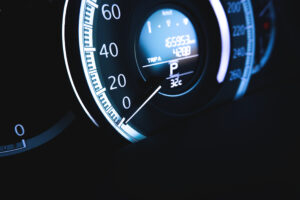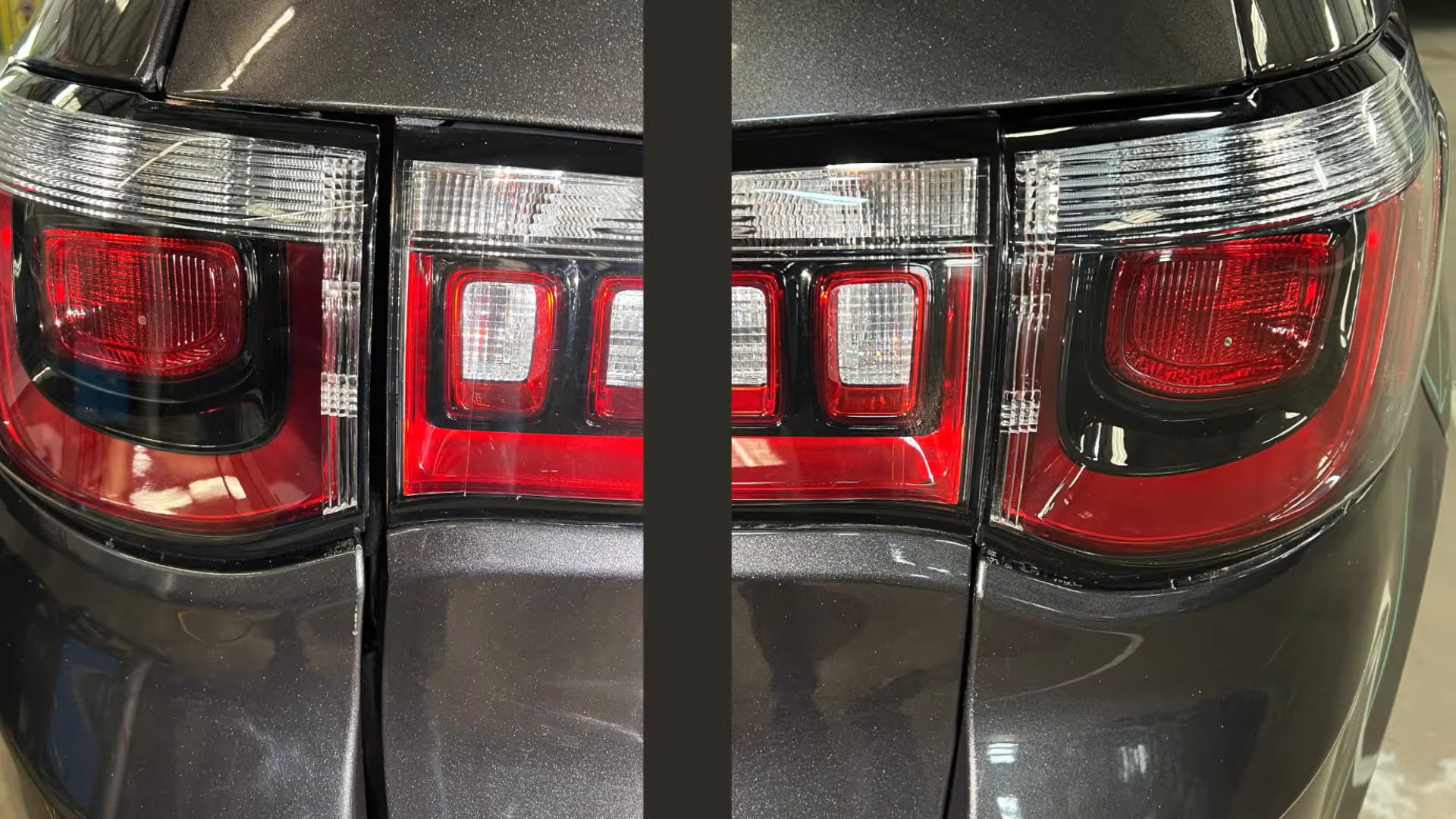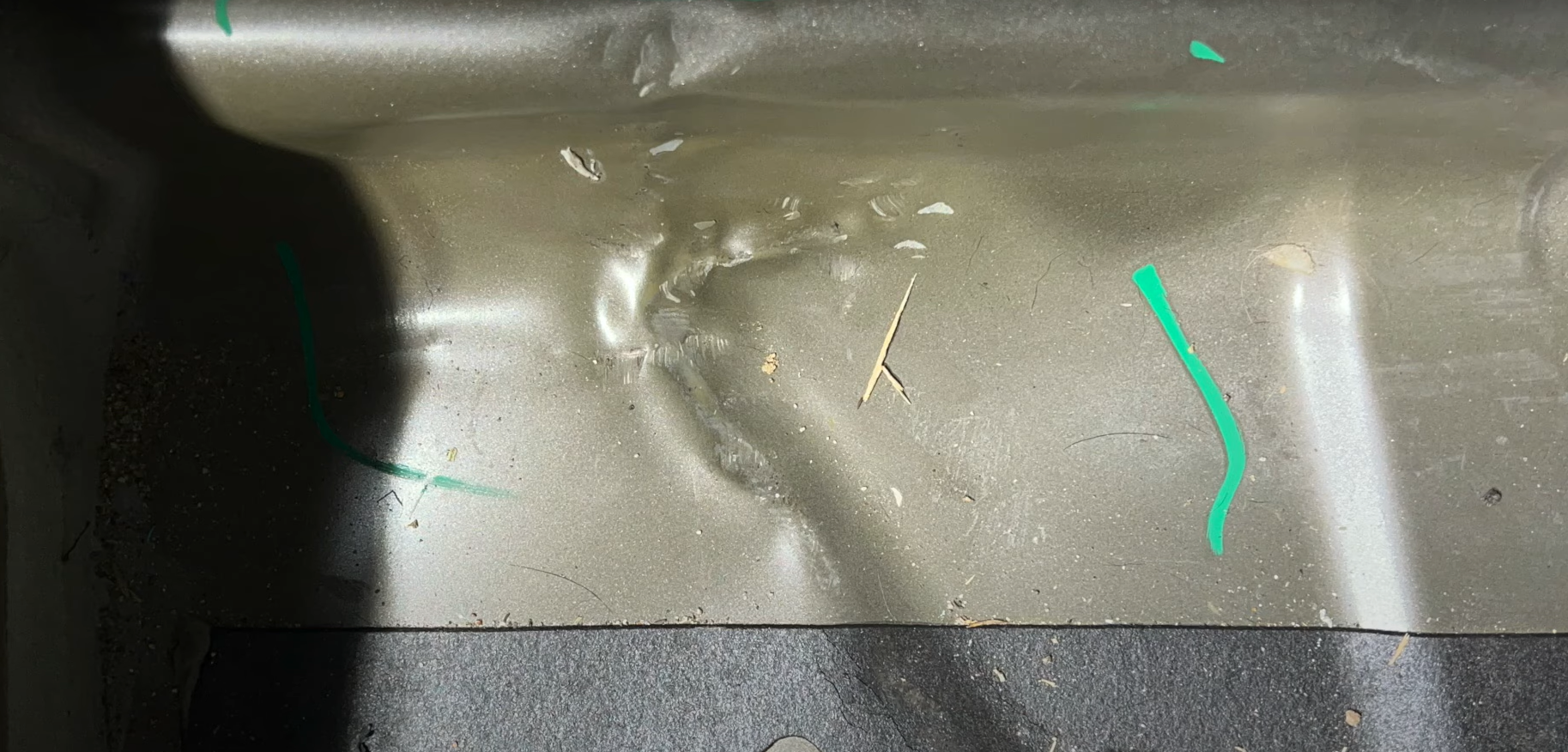
Wisconsin sees false titles, odometer tampering uptick; tips when buying used
By onBusiness Practices
The Wisconsin Department of Motor Vehicle (DMV)’s Dealer and Agent Section has uncovered a growing number of fraudulent wholesale dealer business licenses and titles.
In the last two months, 32 wholesale dealer licenses were revoked due to failure to maintain business facilities. Others were due to unlicensed retail sales to consumers, false title statements, and odometer rollbacks. Two of the wholesale dealers rolled back more than 6 million miles combined on 64 vehicles, according to the DMV.
Wisconsin is one of the few states offering business owners wholesale dealer licenses. A Wisconsin wholesale dealer license allows businesses to only sell vehicles from dealer to dealer. Wholesalers are not supposed to sell vehicles to the public. In recent years, Wisconsin has seen a dramatic increase in wholesale dealer licenses and consumer complaints, the DMV said.
“[T]he tremendous growth in the number [of] wholesale dealers, many of whom are out-of-state dealer owners, puts consumers at risk from unscrupulous businesses who abuse their wholesale license,” said Wisconsin DMV Administrator Tommy Winkler in a news release. “Not only are consumers hurt, Wisconsin dealers who do business the right way are getting a bad name from those who abuse their wholesale license.”
Behind this growing fraud problem are thousands of wholesale dealers in Centralized Dealer Operations (CDOs). CDOs are large facilities that may house several hundred licensed wholesale dealers at one time within a shared space, the DMV said. The facilities are often empty and only used as a business front.
Since 2018, when CDOs first appeared in Wisconsin, the number of wholesale licenses has grown exponentially by 1,194%. More than 90% of those dealers reside outside the state, according to the DMV.
The DMV encourages anyone with dealer-related issues to visit wisconsindmv.gov/dealercomplaint and file a complaint.
These cases call attention to associated problems with purchasing used vehicles that aren’t inspected before or shortly after purchase. As Consumer Reports (CR) pointed out last year, increased used car prices make it more important than ever to thoroughly check out used vehicles before buying via test drives and understanding purchase agreements. It’s also a great idea to get an inspection done by a collision repair facility to check for any damages or improper repairs.
For repairers, could your shop offer inspection services and diagnostic scans that would find any prior collision damage on a vehicle someone just purchased? Could your facility work with local dealers to inspect and scan their used vehicles before they’re put out for sale? More details and ideas about what safety inspections are and why they’re important following a collision are covered in the Society of Collision Repair Specialists (SCRS) video below.
“The results of this inspection give you ammunition to negotiate a final price,” CR previously wrote. “Either you can get a lower price because you’re going to fix the problems or you could offer to pay their price if they fix the problems. Of course, you could ask that the problems be fixed and continue to haggle over the price.”
A recent example of used vehicle damages that a repair shop customer wasn’t previously aware of was highlighted by Nylund’s Collision in Colorado.
“Our guest prevailed against this mega auto group and was awarded handsomely! I testified on behalf of this guest and this vid was played and used as evidence,” wrote Rob Grieve, Nylund’s Collision owner, on LinkedIn. “It was a true pleasure working with her attorney to get this guest taken care of!”
The Jeep was sent to Nylund’s from a major national MSO when the new vehicle owner had a minor collision causing damage to one of the quarter panels. That shop removed the rear bumper and, upon seeing the damage, referred the customer to Nylund’s, Grieve said in a video on his YouTube channel.
Grieve’s first inkling that underlying damage remained was when he noticed the SUV’s lift gate body lines weren’t flush. However, he noted that likely wouldn’t have been noticed by the average person without collision repair experience.
After taking the bumper cover off, Grieve said he found that the plastic bracket behind it was broken and partially connected to the vehicle with incorrect bolts placed in the wrong areas. Remaining damage was then discovered to the rear body panel behind the bracket and the trunk floor. Advanced driver assistance systems (ADAS) including active brake assist, active blind spot assist, and active lane keeping assist were also found to be inoperative.
“It’s called putting lipstick on a pig. Make it look decent to the average person walking by and they’ll buy it, but what’s underneath that lipstick, it’s not good,” Grieve said. “This car is still damaged… There’s still holes in the vehicle that water’s going to get in. When we first brought this in, there was a pool of water underneath the spare tire.”
“If you got hit in the rear again, those areas would fold much easier — that’s not the way the car is designed to absorb energy and could be catastrophic depending on how badly it was hit in the rear,” Grieve said.
Images
Featured image: Birdlkportfolio/iStock



